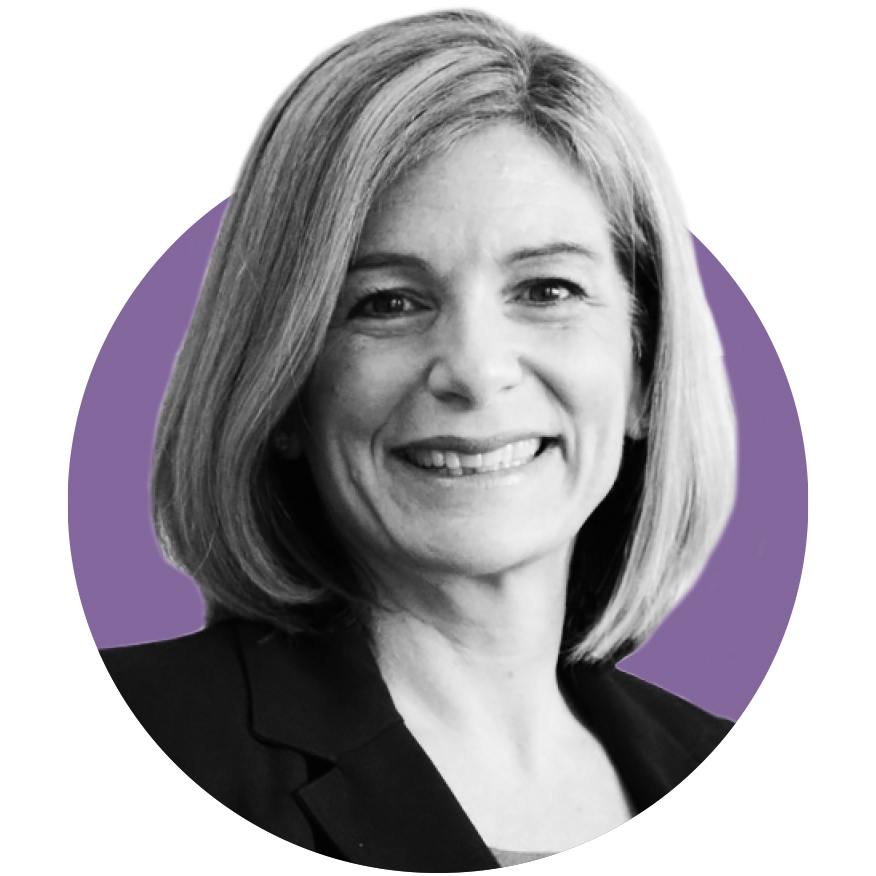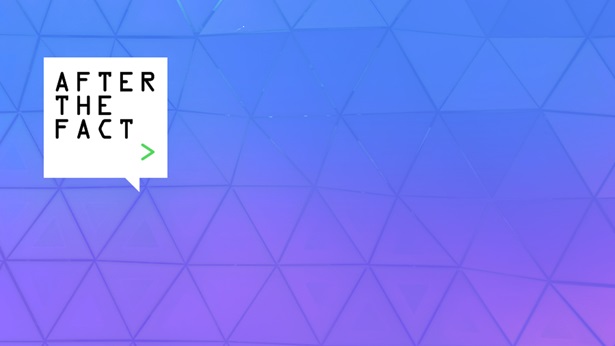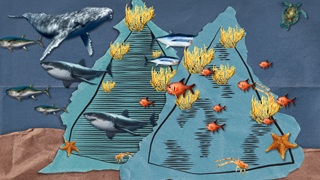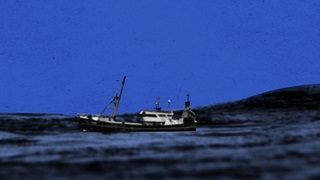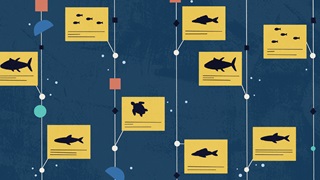Scientists Need to be Better Communicators—and They Know It
The Final Word
Science and technology permeate our daily lives. We depend on scientific discovery and technological advancement for food, water, energy, travel, communication, health, and other essential needs. The structured, systematic approach science uses to produce new knowledge enables us to reduce doubt, implement new solutions, and improve decision-making to benefit society and our planet.
Yet, what Carl Sagan wrote in the Skeptical Inquirer three decades ago is still true today: “We live in a society exquisitely dependent on science and technology, in which hardly anyone knows anything about science and technology.” That knowledge gap is compounded by a growing distrust and denial of science, which fundamentally threatens support for the scientific enterprise. Reduced funding for science undermines scientific progress. The rejection of sound evidence in public health literally costs lives. A disregard for the findings of climate science erodes our capacity to act in a timely fashion. These are but a few critical examples that require different, more engaged approaches to communicating science to address some of the most pressing challenges of the 21st century.
Fortunately, there also is a growing recognition of the power of communication and need for engagement around science. Scientists have come to understand that strong communication is an essential part of what it means to be a scientist rather than a burdensome add-on. As part of this shift, many new training programs have emerged to prepare scientists to communicate and engage with different audiences. The type of communication training scientists receive matters greatly. Social science research has helped us to understand that simply sharing facts and information with someone doesn’t mean they will grasp an issue. This is the so-called “deficit model of communication,” and it doesn’t work. Understanding doesn’t come from facts alone, and that approach can actually backfire and reinforce disbelief—we’ve seen it happen when some doctors try to encourage people who adamantly oppose vaccinations to immunize their children. In these cases, parents often become even more opposed to vaccination. Instead of forcing facts and figures on others, scientists communicate successfully when they work to foster genuine connections and build trust with others.
The Alan Alda Center for Communicating Science at Stony Brook University in New York represents one of the major training programs in the U.S. The Alda Center aims to foster empathy and connection through communication training as a way to build trust and strengthen relationships between society and science. For more than a decade, actor Alan Alda hosted the PBS series “Scientific American Frontiers,” interviewing hundreds of scientists. With this experience, Alda recognized how effective a conversational approach is for conveying complex information. He concluded that scientists could be more dynamic, engaged communicators if they learned to pay close attention to their audience and sought to connect with them in a personal way.
So Alda turned to the improvisational techniques he learned as an actor and decided to share that approach with scientists. In improvisation, actors work together to create a scene, building on each other’s ideas and reactions to tell a story or find meaning. Improv doesn’t work without empathy, and without an active willingness to take others’ needs, concerns, and ideas seriously, even during disagreements. Alda hypothesized that those skills would help scientists to talk about their work in ways that invite collaboration and build real understanding. Starting in 2009, he and our team at the Alda Center developed and honed this idea to build an improv-based science communication training program that aims to foster connections between scientists and those they seek to engage. Together, we devised and refined what has come to be called the Alda Method and more than 15,000 scientists and medical professionals have gone through our workshops.
These online and in-person training programs have become regular features at hundreds of the leading scientific organizations in the country, including the American Psychological Association, Stanford University, Johns Hopkins University, and various government agencies. Program participants tell us that the experience opens their eyes to the importance of communication and provides techniques they continue to use to engage others about their work.
At face value, we may think communication is about the words we say or write. But it is so much more. Effective science communication builds on that bond to share mutual understanding, find common meaning, and make the best possible decisions together, as a community of experts and nonexperts.
Faced with a pandemic and concerns about vaccine efficacy, rising sea levels threatening cities and entire nations, wildfires burning hundreds of square miles, and increasing numbers of threatened and endangered species, we have never so desperately needed to embrace science and evidence-based decision-making.
We face difficult decisions and divisive times. Effective communication does not mean we must agree with each other. It means that we seek to understand each other and work together to find a productive path forward. By empowering and encouraging scientists to build trust through empathy and compassion as they share their vast knowledge, we create spaces where we can come together to discuss ideas and implement community-driven and community-supported solutions. Together, we can build the stronger, brighter future based on mutual respect that we want for ourselves, for our families, and for each other.
Laura Lindenfeld is executive director of the Alan Alda Center for Communicating Science, dean of the journalism school, and vice provost for academic strategy and planning at Stony Brook University.
